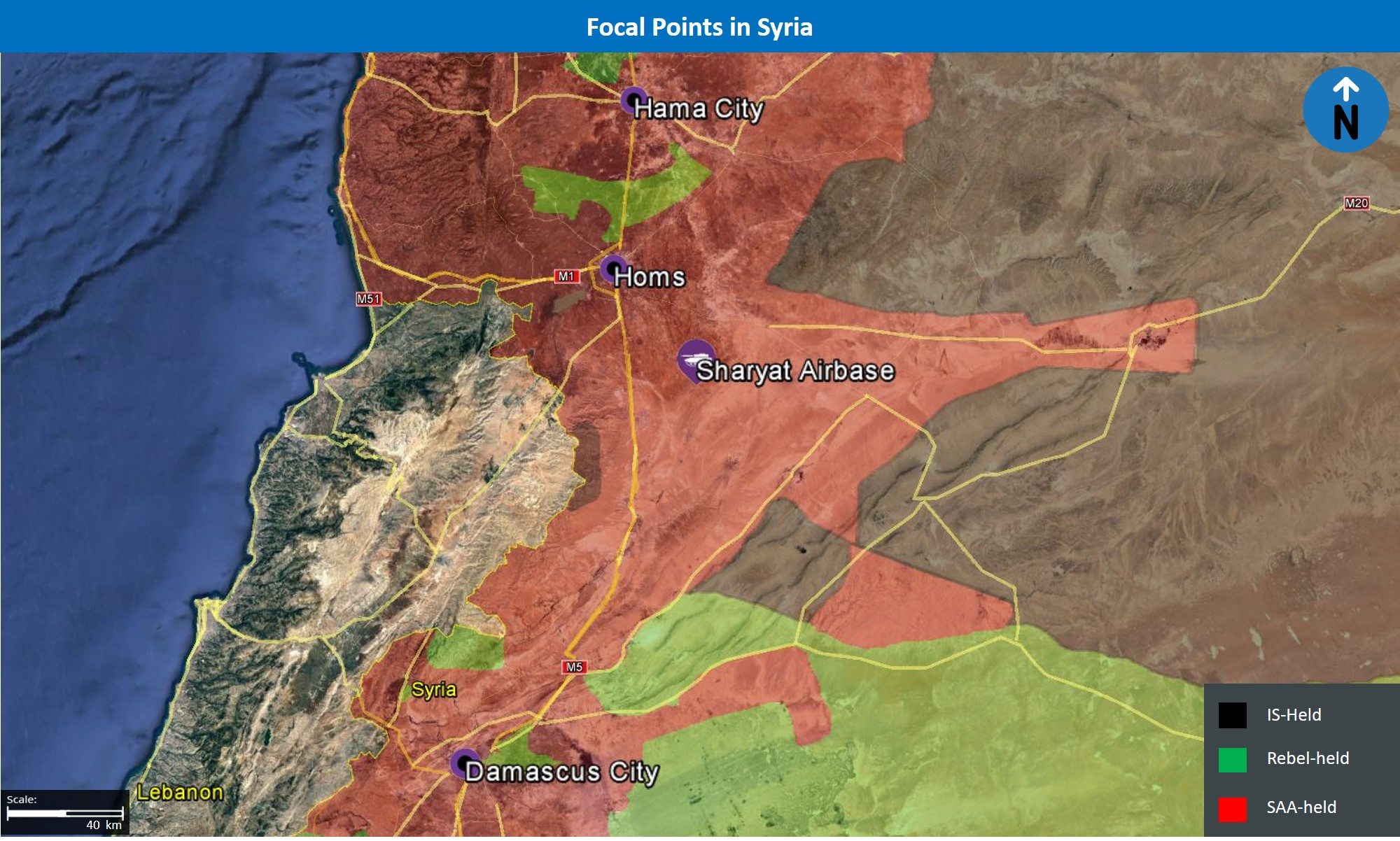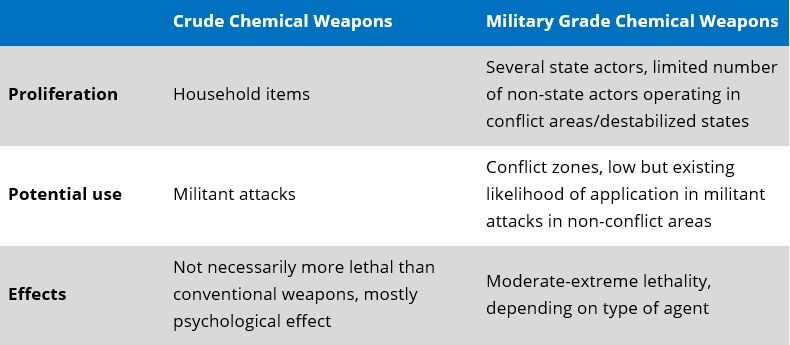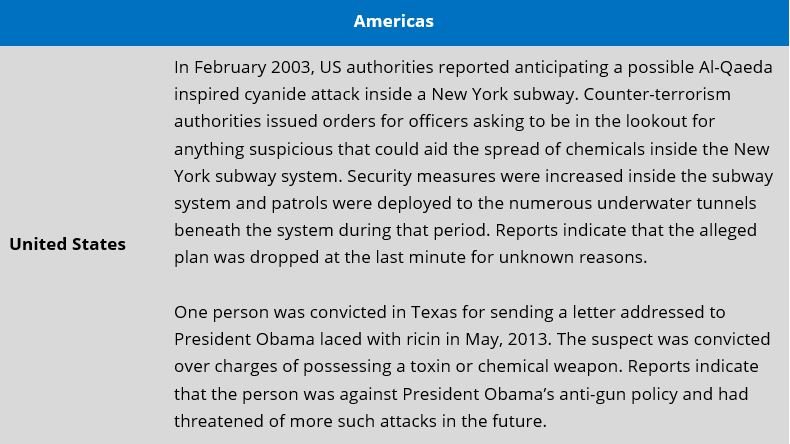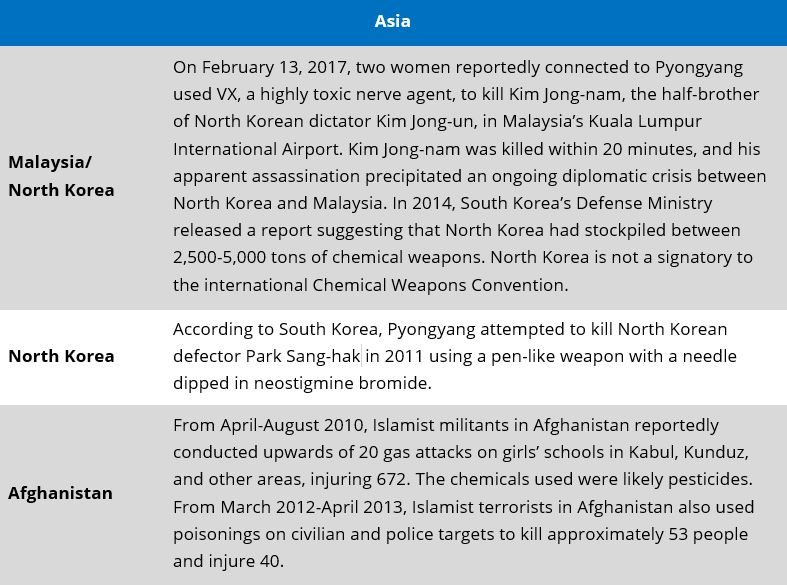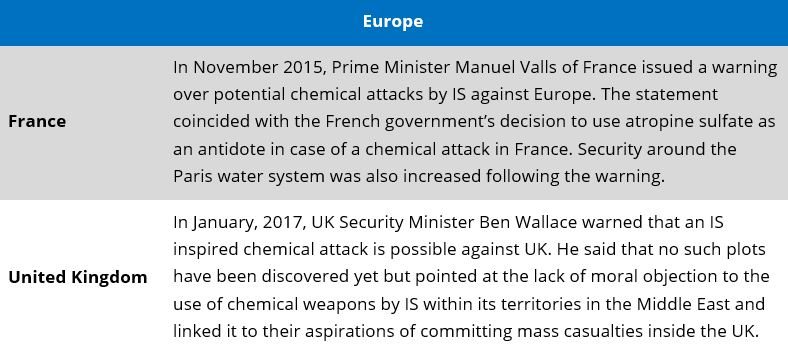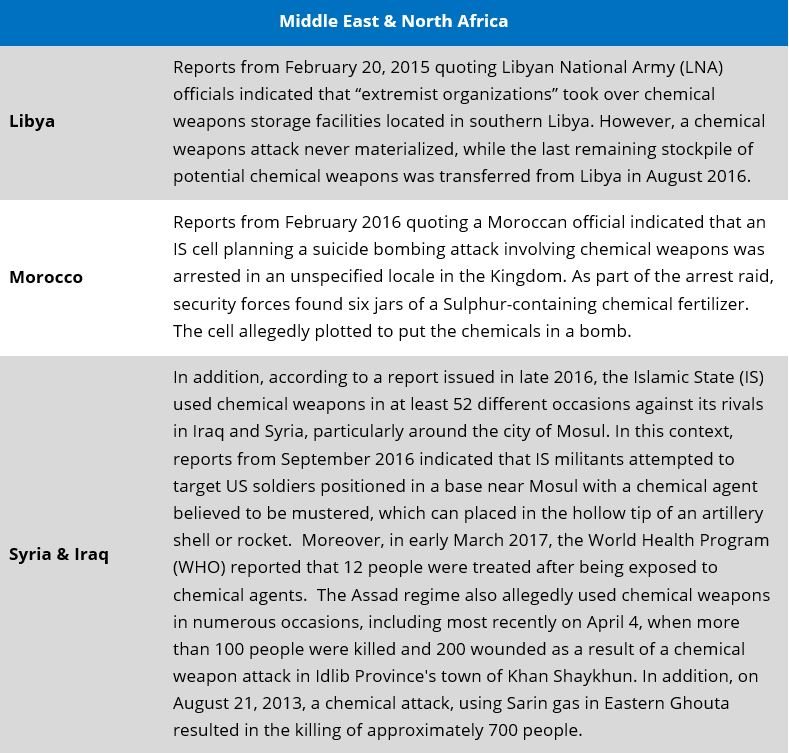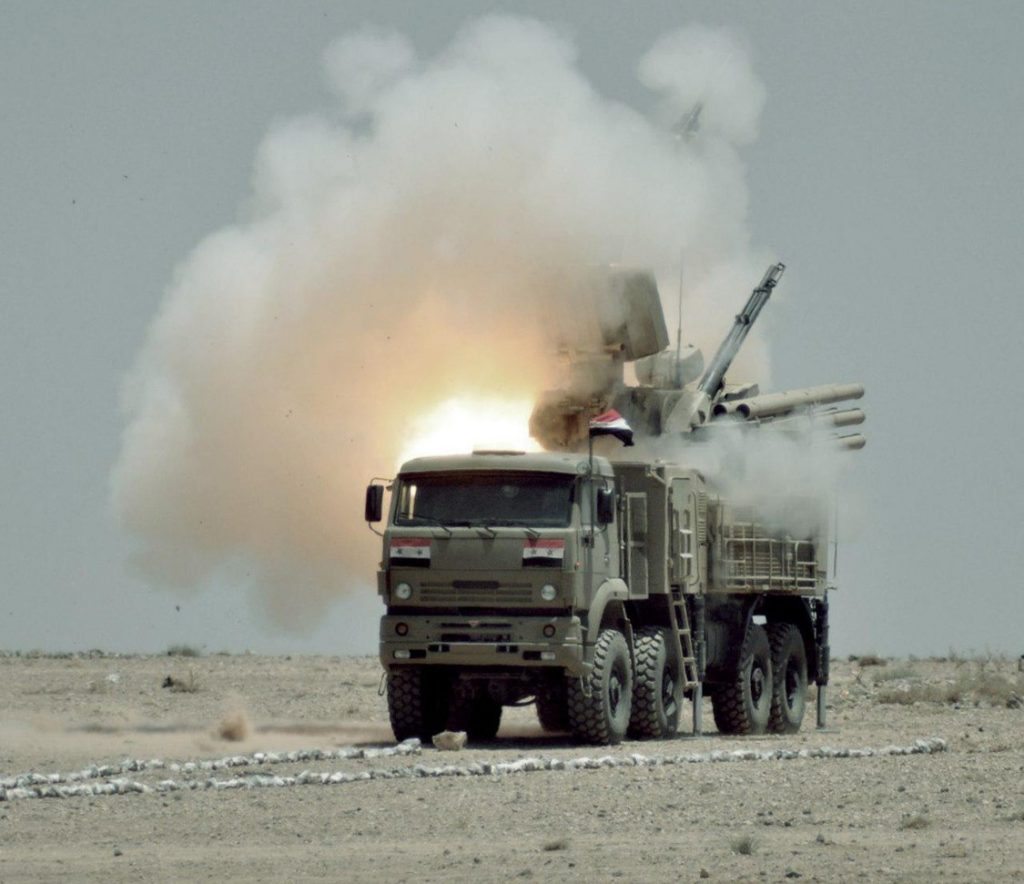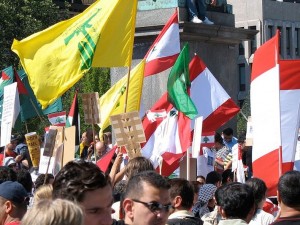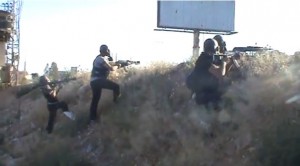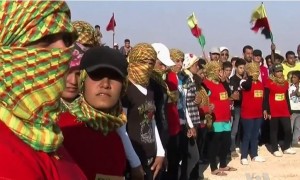Current Situation
During the morning hours of June 5, Saudi Arabia, Bahrain, Egypt, and the UAE announced the cutting of all diplomatic ties with Qatar. The Hadi-led government in Yemen, as well as Libya’s anti-Islamist House of Representatives (HoR) similarly announced the severing of diplomatic ties with Qatar on the same day. The first four countries issued a 48-hour ultimatum to Qatari diplomats to evacuate their respective nations, while similarly issuing an ultimatum to all other Qatari citizens to leave within two weeks. Additionally, Saudi Arabia, Bahrain, Egypt, and the UAE announced that they had closed their airspace for Qatari aircrafts, and that all flights by airliners from these countries to Qatar were suspended. Qatari naval vessels will also not be allowed to use the countries’ seaports to anchor, while land travel between Qatar and Saudi Arabia will be limited to non-Qatari nationals only.
Additional measures implemented against Qatar include the expelling of the country from the Saudi-led coalition in Yemen and its anti-Islamic State (IS) coalition in Syria. These measures were implemented based on accusations that Qatar is “supporting and financing extremist groups” across the region, as well as encouraging sectarianism and subversive elements operating in the abovementioned countries. Meanwhile, Qatar’s Ministry of Foreign Affairs issued a statement that the accusations are “absolute fabrications” and “proves that there are premeditated intentions to cause damage to Qatar”.

Assessments & Forecast
Severing ties may hurt Qatar economically, push its policy towards more pro-Iranian approach; limited impact on regional conflicts
While the new development is unlikely to have any effect on Qatar’s and any of the other impacted countries’ security conditions in the short term, we assess that this measure may lead to multiple local and regional ramifications over the coming months. For instance, approximately 90 percent of Qatar’s imports of food products are transferred through land from Saudi Arabia. Thus, in light of the border closure between the two countries, Doha will likely be forced to divert a large amount of resources in developing its maritime trade, including in the form of improving its seaport infrastructure, as now its imports via sea are liable to be enhanced significantly. Moreover, given the high-profile nature of the event, there remains a possibility that the turn of events will impact global markets, and particularly the oil sector, as it may be perceived as a source of instability across this oil-rich region.
These new developments may also impact expatriates, including Westerners operating in Qatar and the GCC, particularly given the suspension of flights between the GCC countries and Qatar and the closure of the land border with Saudi Arabia. In light of the likely increase in logistical difficulties in traveling between Qatar and the above-mentioned countries, exacted upon expatriates by the measures, it is likely to damage Qatar’s national economy. Though the impact on GCC residents seeking to enter Qatar is yet to be determined, it cannot be ruled out that Qatar will implement punitive measures and ban GCC citizens and residents from entering the country.
The partial isolation of Qatar may affect several conflicts and political rivalries across the region. With regards to Iran, Doha is liable to improve its bilateral relations and economic ties with Tehran, as now Qatar would be compelled to compensate for its political and economic setback. Moreover, in Yemen, in the short-term, Qatar’s absence from the Saudi-led coalition may slightly reduce the latter’s on-the-ground capabilities in fighting against the Iranian-backed Shiite Houthis. However, given Qatar’s already limited role in the coalition, as well as the aforementioned arms deal with the US, in the medium to long-term the Saudi-led coalitions is unlikely to be significantly impacted by Qatar’s absence from the coalition.
In Syria, in light of the already heightened internal divisions between rebel factions, it remains possible that this new development will further exacerbate tensions between rebel groups supported by Qatar on one side, and factions backed by Saudi Arabia and the UAE on the other. Should the event indeed lead to an economic recession in Qatar, their supported factions on-the ground would suffer from a shortage of resources, thus forcing them to disband or merge into other factions. With this in mind, should scenarios eventually materialize, it would potentially tip the scale towards the pro-government forces in the Syrian conflict.
In Libya, the development may constitute a boost to the HoR and its allied Libyan National Army (LNA), given their conflict with the pro-Islamist General National Congress (GNC) and its affiliated militias, which are partially supported by Qatar. That said, Qatar’s direct involvement in this conflict has significantly waned in recent years, particularly since the March 2016 arrival of the UN-backed Government of National Accord (GNA) to the designated capital of Tripoli, and therefore any implications on the conflict will remain limited.
Cutting ties with Qatar likely linked to global, regional developments involving Iran, new US administration
Today’s development comes amidst years of tensions between Saudi Arabia, Bahrain, UAE, and Egypt on one side, and Qatar on the other, surrounding multiple issues, chiefly the latter’s alleged direct involvement in the internal affairs of countries throughout the region. This is particularly relevant to Qatar’s long-standing support for Muslim Brotherhood-linked political elements across the Middle East and North Africa, as the countries in this Saudi-led alliance view the Islamist organization is a subversive element and a threat to their respective governments. Additional contentious issue include Qatar’s overall positive relations with Iran, as opposed to that of the other Gulf Cooperation Countries (GCC), with the exception of Oman, which remain strong adversaries of Tehran. This is highlighted by numerous past economic agreements between Tehran and Doha in recent years, such as the agreement from February 2014 to create a joint free trade and economic zones between the two countries. A further issue that contributed to the strained relations with Qatar throughout the years is the cooperation of the Qatari-based news outlet al-Jazeera, which had been accused by the aforementioned countries of attempting to undermine their, as well as their regional allies’, governments.
That said, despite these strained relations, Qatar and the other GCC countries’ relations can be characterized over the past several years by intermittent escalation and rapprochement between the sides. For instance, on December 9, 2014, Qatar agreed as part of a GCC summit, to establish a regional police force in order to improve coordination regarding drug trafficking, money laundering, and cybercrime, as well as announced its “full support to al-Sisi-led government in Egypt”. This followed Saudi officials’ March 9, 2014 threats to impose sanctions against Qatar, including in the form of sea blockade, in light of Doha’s persistent support for Muslim Brotherhood-linked elements across the region. However, the complete cutting of diplomatic relations between the aforementioned Saudi-aligned countries is highly notable given its wide scale and scope, as it includes significant restrictions on Qatar and its citizens.
We assess that this escalation is linked to global and regional geo-political developments, largely with regards to Iran and the new Donald Trump administration in the US. With this in mind, in recent years, under the Obama administration, relations between Saudi Arabia and its allies on one side, and Washington on the other, were oftentimes strained due to the US’ perceived efforts to approach Tehran, which was likely viewed by Riyadh as coming at its expense. In light of the aforementioned normal relations between Qatar and Iran, Saudi Arabia and the other GCC countries were likely felt compelled to prevent Qatar from approaching the Islamic Republic too much, as this would have significantly undermined their sense of security and regional interest.
Since President Trump’s inauguration, Washington increased its anti-Iranian rhetoric, while at the same time strengthened its ties with Saudi Arabia. This is highlighted by the May 15 UAE-US defense agreement, as well as the 350 Billion USD agreement between Riyadh and Washington involving an arms deal, and Saudi investments in the US. Thus, there remains a potential that the recent visit of President Trump to Saudi Arabia in late May, as well as the US’ growing support for Saudi Arabia and its allies, motivated the Kingdom to implement these measures, as part of the shared interest with the US in tackling Iran and its allies’ influence throughout the region. With this in mind, given Saudi Arabia’s decreasing need for Qatar’s cooperation on security and political support amidst the ongoing rivalry with Shiite Iran, it is likely that Saudi Arabia assessed that it is no longer obligated to maintain positive bilateral relations with Qatar, prompting this development.
The development comes amidst a diminishing political influence of the Islamist Muslim Brotherhood organization across the Middle East and North Africa over the past two years. In this context, it remains possible that Saudi Arabia no longer felt compelled to maintain good relations with Qatar, following the reduction of the threat stemming from the Muslim Brotherhood, as opposed to previous Saudi attempts to pressure Qatar to abandon their support for the Islamist organization in return for the improvement of relations with the other GCC countries.
Recommendations
Travel to Qatar may continue as normal while adhering to cultural norms and avoiding making any statements critical of the Qatari Emir and government officials, despite the aforementioned new restrictions. That being said, those operating in Qatar over the coming days and weeks are advised to stock up on food and basic products, due to the possibility that these will be in shortage due to the declared measures. Those operating throughout the Middle East and North Africa, and particularly in Saudi Arabia, Bahrain, UAE, and Qatar are advised to remain cognizant of developments and potential effects on travel and business continuity given the current lack of full information regarding the various restrictions that will be in effect. This is particularly relevant for the possibility of unexpected border closures between the relevant countries over the coming days and weeks.
This report was written by:
Asaf Day – MAX Security’s Senior Intelligence Manager, Middle East & North Africa
